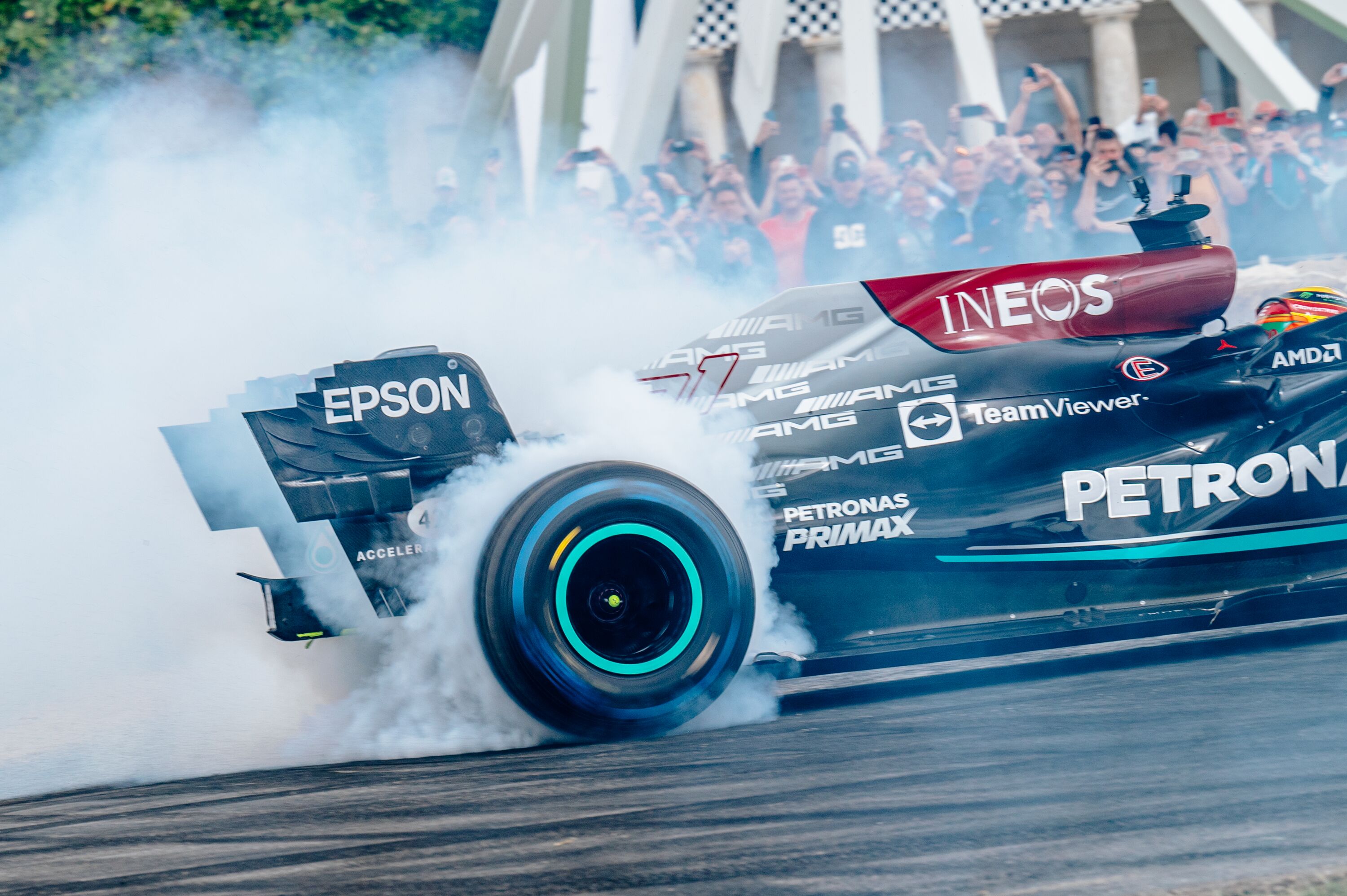Axon's Automotive Anorak: Keeping it on the level
If you happened upon my regular Anorak column here last week, you will have read my first-hand experience of driving a car with a joystick, in place of a rather more conventional steering wheel.

The joystick vehicle in question was an actual car – an early-1990s Saab 9000 prototype – and not a virtual Play Station gaming vehicle. The same day that I tested this unusual Saab at the private Lotus Engineering test track in Hethel, Norfolk, I also sampled another revolutionary Saab 9000.
This second 9000 Turbo was fitted with a pioneering prototype suspension system, developed on-site by Lotus Engineering, that kept the car’s body perfectly level at all times when tackling a bend and obstacles, irrespective of the speed, steering inputs and cornering forces being applied
I was reminded of this extraordinary day spent testing experimental Saabs at Lotus quite recently, when on a short hop over to France to attend a classic car show, I bumped into a good Parisian friend of mine, who had driven his latest purchase along to the event; a rare breed when new, and now ever rarer; the Citroen Xantia Activa.
Friend Thierry threw me the keys and let me take his latest purchase – his second Xantia Activa – for a quick spin, and quick it was indeed, with memories of that trick suspension Saab prototype I’d driven years ago flooding back. The reason?

Well, like the Saab, the Activa version of the Xantia had roll-free suspension, with the Citroen’s hydrolastic anti-roll bars causing the car to remain totally neutral and flat through bends, meaning every corner could be taken flat-out, with the emphasis on flat, and the rubber on all four tyres giving optimum contact with the road surface. This made the fine handling Activa remarkably rapid on regular roads, and supersonic on the track; Citroen creating a family saloon that was able to embarrass many far more powerful sports cars in action. The Xantia Activa comfortably beat a Ferrari 360 around the Magny Cours circuit in a contemporary comparison road test, for example.
Unlike the prototype Saab, however, the Xantia Activia wasn’t a concept, but rather a standard production model that could be ordered from any Citroen showroom in the 1990s. It was and remains to this day, the first, and only, production car to be equipped with roll-free active anti-roll bar suspension as standard.
More than 40 years ahead of the revolutionary Xantia Activa’s introduction, a gifted but virtually unknown French engineer with a very Germanic surname, Jean-Marie Federspiel, pioneered another Citroen with a cunning suspension set-up.
Known as ‘Suspension Federspiel’ and launched in 1950 as an independent after-market option, Jean-Marie’s clever system cured the Citroen 2CV’s notoriously soft and pliable suspension roll – resembling a sailing ship in a swell on tight corners – and made the 2CV lean into corners, more like a motorcycle. Although Federspiel’s crafty suspension worked well, is was quite expensive and few were sold to retrofit to new then-new 2CVs, which enjoyed a long waiting list in the early 1950s.

After the Federspeil 2CV, the idea of making a car lean into corners like a two-wheeled bike lay dormant for decades, with the American arm of General Motors reviving the idea with its odd three-wheeled GM Lean Machine prototype in 1982, quickly following by a Richard Oakes-designed British Micro concept. These prototypes remained one-offs though, with another three-wheeler leaning car, the Van Der Brink Carver One, actually making limited production in The Netherlands in 1999, with Prodrive in Oxfordshire taking over final production a few years later.
The handling benefits of maintaining neutral body control for safer/faster cornering and passenger comfort are obvious, making it all the more surprising that so few cars have been offed with such a suspension set-up.
Today, the latest Range Rover Sport offers Xantia Activa-style hydraulic anti-roll bar suspension as an option to keep the body in check, and the new Mercedes-Benz S-Class coupe has a similar set-up allowing the car to moderately lean into corners, like a gingerly-ridden motorcycle.
A quarter-of-a-century after first sampling that Saab 9000 with Lotus Engineering’s innovative flat cornering suspension at Hethel, perhaps this enhanced comfort and road holding technology is finally here to stay. I for one look forward to this technology cascading down into more affordable cars in the future.
axon's anorak
axon's automotive anorak





































































